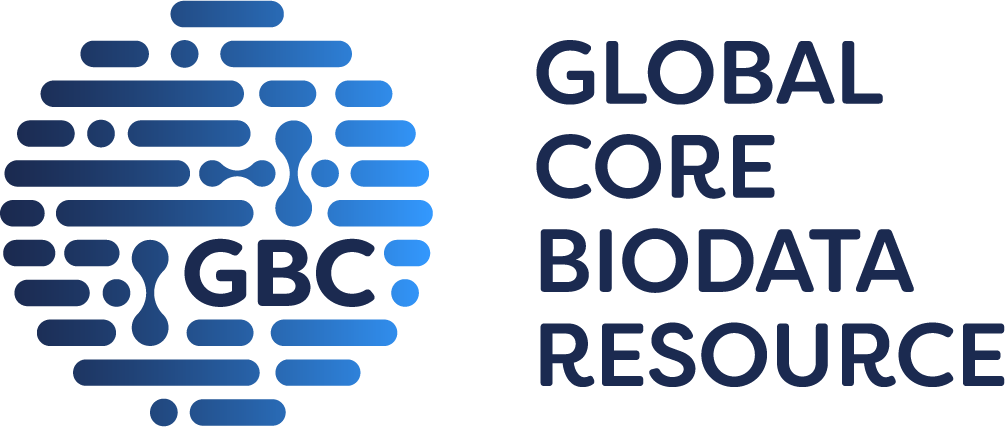Any feedback?
Literature summary extracted from
- Tissue-specific PhBPBT expression is differentially regulated in response to endogenous ethylene (2008), J. Exp. Bot., 59, 609-618.
Natural Substrates/ Products (Substrates)
| EC Number | Natural Substrates | Organism | Comment (Nat. Sub.) | Natural Products | Comment (Nat. Pro.) | Rev. | Reac. |
|---|---|---|---|---|---|---|---|
| 2.3.1.196 | benzoyl-CoA + 2-phenylethanol | Petunia x hybrida | PhBPBT is responsible for the biosynthesis of both benzyl benzoate and 2-phenylethyl benzoate from benzyl alcohol and phenylethanol, respectively | 2-phenylethyl benzoate + CoA | - |
? | |
| 2.3.1.196 | benzoyl-CoA + benzyl alcohol | Petunia x hybrida | PhBPBT is responsible for the biosynthesis of both benzyl benzoate and 2-phenylethyl benzoate from benzyl alcohol and phenylethanol, respectively | benzyl benzoate + CoA | - |
? |
Organism
| EC Number | Organism | UniProt | Comment | Textmining |
|---|---|---|---|---|
| 2.3.1.196 | Petunia x hybrida | - |
cv. Mitchell Diploid | - |
Substrates and Products (Substrate)
| EC Number | Substrates | Comment Substrates | Organism | Products | Comment (Products) | Rev. | Reac. |
|---|---|---|---|---|---|---|---|
| 2.3.1.196 | benzoyl-CoA + 2-phenylethanol | PhBPBT is responsible for the biosynthesis of both benzyl benzoate and 2-phenylethyl benzoate from benzyl alcohol and phenylethanol, respectively | Petunia x hybrida | 2-phenylethyl benzoate + CoA | - |
? | |
| 2.3.1.196 | benzoyl-CoA + benzyl alcohol | PhBPBT is responsible for the biosynthesis of both benzyl benzoate and 2-phenylethyl benzoate from benzyl alcohol and phenylethanol, respectively | Petunia x hybrida | benzyl benzoate + CoA | - |
? |
Synonyms
| EC Number | Synonyms | Comment | Organism |
|---|---|---|---|
| 2.3.1.196 | benzoyl CoA:benzyl alcohol/phenylethanol benzoyltransferase | - |
Petunia x hybrida |
| 2.3.1.196 | PhBPBT | - |
Petunia x hybrida |
Expression
| EC Number | Organism | Comment | Expression |
|---|---|---|---|
| 2.3.1.196 | Petunia x hybrida | PhBPBT is regulated by both light and an endogenous circadian rhythm, while it is also differentially regulated in response to ethylene in a tissue-specific manner. 24 hours following pollination of flowers, expression of PhBPBT decreases in the corolla, while it increases in the ovary after 48 h. This is caused by ethylene that is emitted from the flower coinciding with fertilization as this is not observed in transgenic ethylene-insensitive plants (CaMV35S::etr1-1, 44568). Ethylene is also emitted from vegetative tissue of petunia following mechanical wounding, resulting in an increase in PhBPBT expression in the leaves where expression is normally below detection levels | down |
| 2.3.1.196 | Petunia x hybrida | PhBPBT is regulated by both light and an endogenous circadian rhythm, while it is also differentially regulated in response to ethylene in a tissue-specific manner. 24 hours following pollination of flowers, expression of PhBPBT decreases in the corolla, while it increases in the ovary after 48 h. This is caused by ethylene that is emitted from the flower coinciding with fertilization as this is not observed in transgenic ethylene-insensitive plants (CaMV35S::etr1-1, 44568). Ethylene is also emitted from vegetative tissue of petunia following mechanical wounding, resulting in an increase in PhBPBT expression in the leaves where expression is normally below detection levels | up |
General Information
| EC Number | General Information | Comment | Organism |
|---|---|---|---|
| 2.3.1.196 | physiological function | it is hypothesized that PhBPBT and subsequent benzyl benzoate production is involved in defencerelated processes in the corolla prior to pollination in the ovary immediately following fertilization, and in vegetative tissue in response to wounding | Petunia x hybrida |





